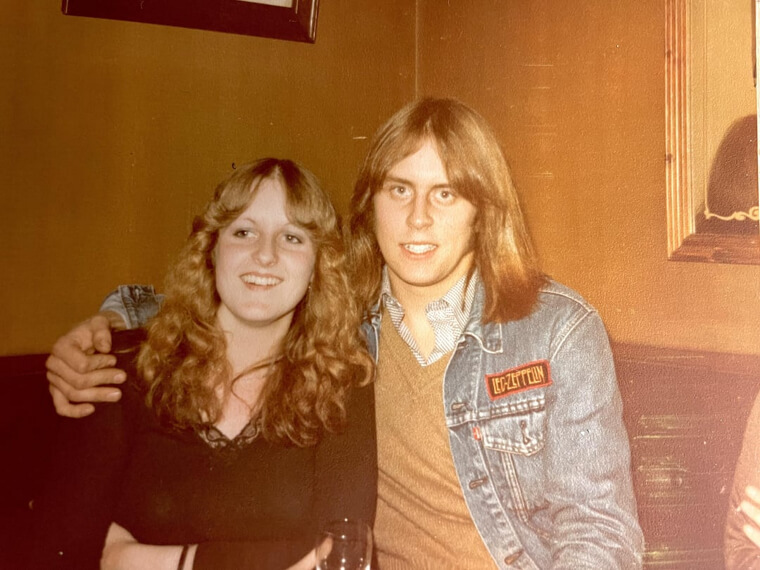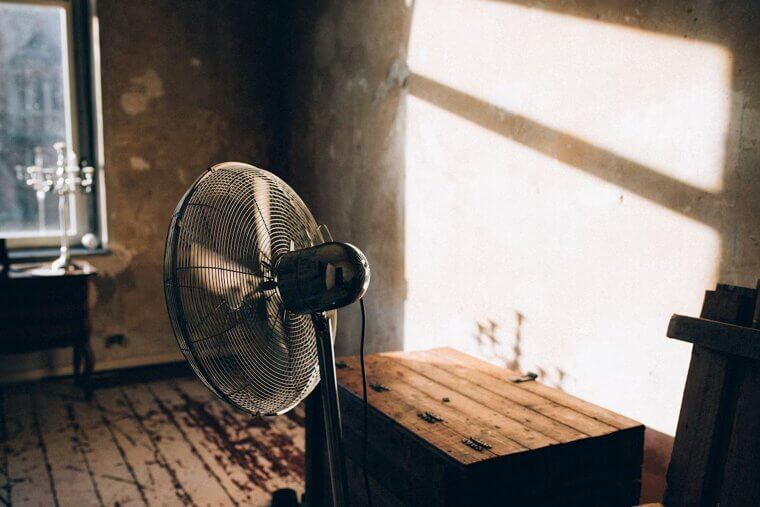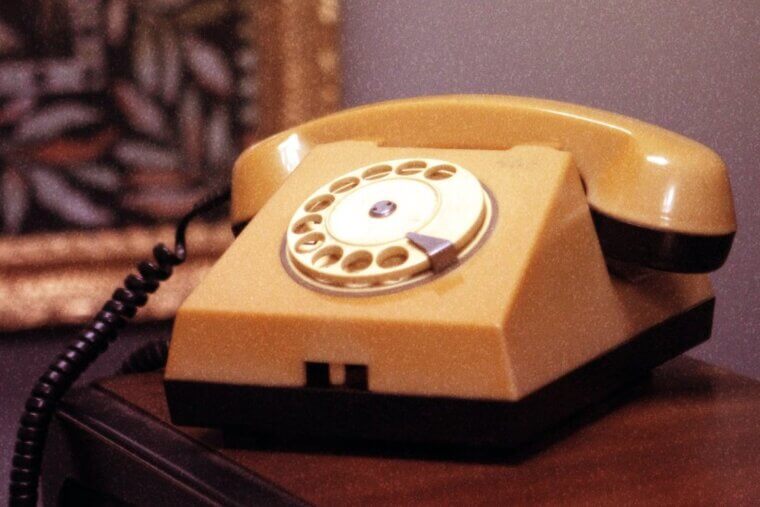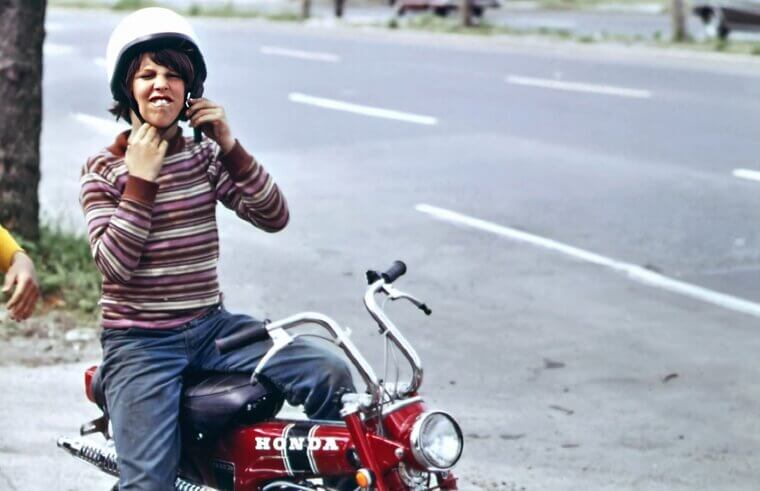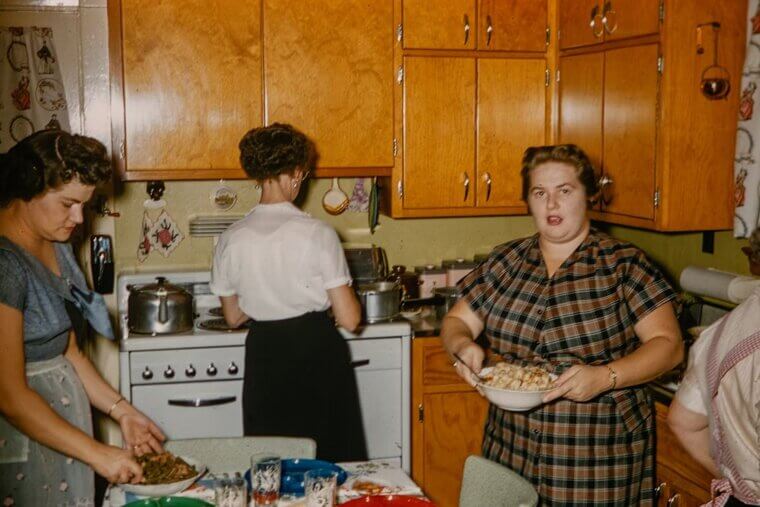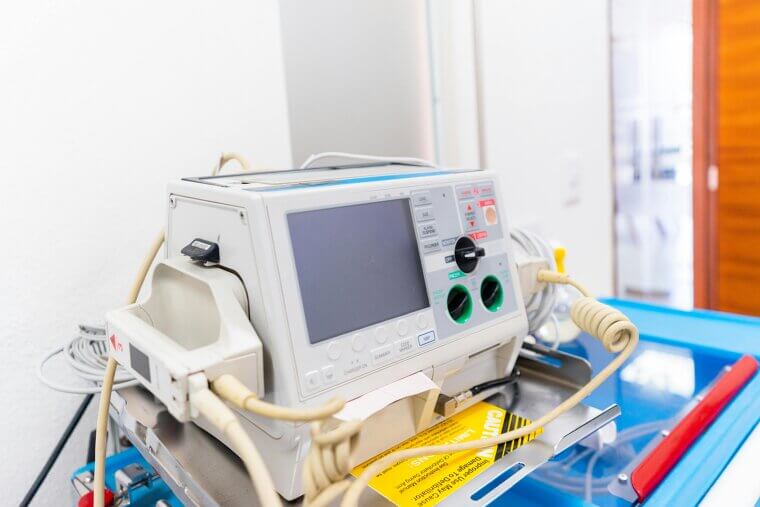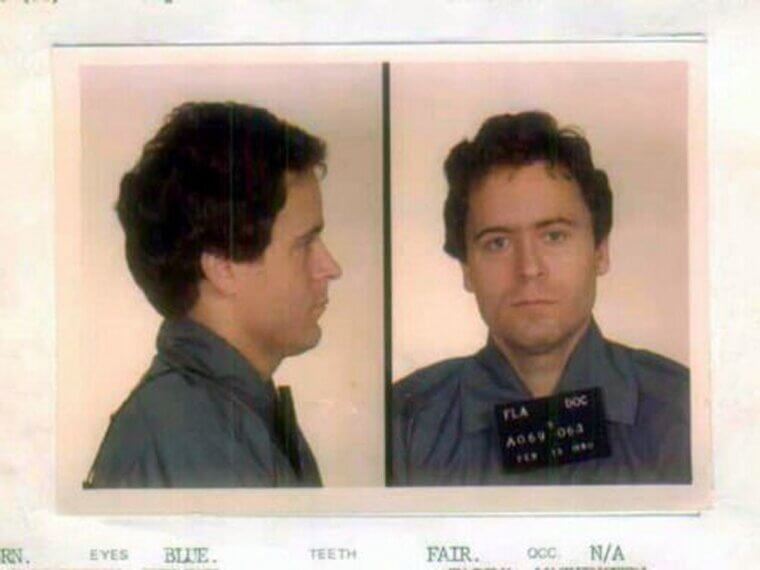May You Live in Interesting Times
Talk to some people who were there and they’ll make the 1970s sound like a paradise – but that’s nostalgia talking. The 1970s had political turmoil, high gas prices, and plenty of crime. It was tough, and it made for tough people. Let’s take a look at all the things in the ‘70s that are mindblowing looking back.
Beyond the groovy music and flashy fashion, daily life often felt uncertain. Families faced rising inflation, shifting social norms, and challenges that shaped a generation.
No Air Conditioning in Most Homes
Summer in the '70s could feel brutal because central air wasn’t common. Many families relied on box fans and open windows to survive sweltering heat waves. It goes without saying that the high heat made tempers fray and families argue. Long, sticky nights often meant trouble sleeping, and kids would complain about being too hot to rest.
Families sometimes retreated to basements or even sat outside late into the evening just to catch a breeze. Comfort was definitely harder to come by.
Gas Shortages Made Driving a Headache
During the oil crisis, people waited in massive lines just to fuel up, and sometimes stations ran out altogether. You had to plan trips carefully and keep an eye on license plate rules. It was a difficult time for those to whom driving meant freedom. Long road trips became nearly impossible, and even simple errands required careful timing.
Families often had to rearrange their daily routines, carpool with neighbors, or skip outings altogether. The sense of independence tied to the open road suddenly felt restricted.
You Had to Get Up to Change the Channel
TV remotes weren’t standard yet, so changing the channel meant physically getting up and turning a clunky dial. And with only a handful of channels, your options were limited anyway. Kids today don’t understand how good they have it with Netflix. Families often argued over who had to get up and turn the dial, and the youngest usually lost.
Sometimes the picture was fuzzy and required fiddling with the rabbit-ear antenna too. Watching TV was more effort than pure relaxation, but people made do.
Long-Distance Calls Were Expensive
Calling Grandma in another state wasn’t cheap. Long-distance phone calls were priced by the minute, so families kept them short and sweet. The idea of being able to call someone via the internet (which hadn’t been invented yet) was a distant dream. Many people would wait for special discounted evening or weekend rates to make their calls, carefully watching the clock to save money.
Conversations were often rushed, leaving out details, and handwritten letters or postcards filled in the gaps when voices couldn’t.
Cars Were Less Safe
Seat belt laws weren’t in place yet in the ‘70s. Kids bounced around in the backseat or rode in someone’s lap, which of course would never fly today. People can and did die in unsafe cars back in the day – today’s drivers have it lucky. Car seats for children were almost nonexistent, and safety features like airbags hadn’t yet become standard.
Even something as simple as crumple zones wasn’t widely used, so accidents often had devastating results. Driving truly carried greater risks.
Everything Took Longer Without the Internet
Need to write a history essay for school? Better head to the library and hope the encyclopedia wasn’t out of date. Want to pay a bill? You gotta mail it. Shopping? Go to multiple stores. Life was slower because everything took more effort. It’s impossible to state how much the internet revolutionized things. Even simple questions required a trip to the library.
Or a call to someone who might know. Waiting in line at banks, post offices, or ticket counters was a normal, unavoidable part of life.
Kids Were Left Alone a Lot
Latchkey kids were the norm. Parents worked, and kids came home to empty houses. They couldn’t call their parents, because cell phones hadn’t been invented yet. Independence was great, but it also meant facing bullies, busy roads, or household accidents without much help around. Many kids learned to make their own snacks, do homework without supervision, and handle problems on their own.
While it fostered resilience, it also left a lot of children navigating responsibilities and dangers far beyond their years.
Home Chores Were a Real Workout
Dishwashers barely existed in the ‘70s, laundry meant hanging clothes out to dry, and vacuum cleaners hurt your back to use. “Housewife” work took serious time and energy. If your mom ever complains about how hard she had it in the ‘70s, she’s not kidding. Meals also required more effort, with little pre-packaged convenience food available compared to today.
Cleaning products were less effective, irons were heavy, and every task seemed to take longer. Household chores were basically a full-time job themselves.
Fashion Wasn’t Comfortable
Sure, people in the ‘70s were serving looks, but it came at a cost. Polyester wasn’t exactly breathable, and platform shoes were an ankle sprain waiting to happen. Even jeans were stiff and needed serious breaking in. Today’s fashion isn’t quite as wild but it’s easier. Bell-bottoms dragged on the ground, jumpsuits were inconvenient, and some fabrics didn’t hold up well after a few washes.
Looking stylish often meant sweating through the summer or wobbling uncomfortably, all in the name of keeping up.
Food Took Time to Make
There was no DoorDash, no microwave meals as we know them, and “fast food” wasn’t always cheap or nearby. Most meals were made from scratch, which meant a lot of time spent chopping, stirring, and just plain waiting. Your mom spent all day making sure you were well-fed. Families often sat down together because meals were such an investment of time and energy.
Canning, baking bread, and prepping ingredients by hand were common. Convenience simply wasn’t part of cooking, so effort was unavoidable.
Smoking Was Everywhere
It’s easy to forget just how accepted smoking was. People lit up in restaurants, offices, airplanes, you name it. Even if you didn’t smoke, you couldn’t escape the haze. Secondhand smoke was a part of daily life, and no one really talked about how harmful it was back then. Ashtrays were everywhere, from living rooms to car dashboards, and advertisements even glamorized cigarettes.
Kids often rode in smoke-filled cars without a second thought. Clean indoor air was basically nonexistent in the 1970s.
Inflation Was Crushing
The economy in the ’70s was a mess. Prices rose fast, wages didn’t keep up, and interest rates were through the roof. Groceries, gas, and homes got more expensive, seemingly overnight. It was a really difficult time for growing families. Budgets were stretched so thin that people had to cut back on extras, sometimes even basic comforts.
Families clipped coupons, delayed major purchases, and struggled to save for the future. Financial stress was a constant companion, shaping how people lived day to day.
Medical Care Was Less Advanced
Getting sick in the ‘70s meant fewer treatment options, longer waits, and more guesswork. MRIs didn’t exist yet, and cancer treatments had poorer outcomes compared to today. Doctors did their best, of course, but it’s amazing how much technology helped them work. Antibiotics were available, but many medications and procedures we take for granted hadn’t been developed.
Even something as routine as surgery carried greater risks. Compared to modern hospitals, medical care felt slower, less precise, and often left patients with fewer choices.
Crime Rates Were Higher
The ‘70s saw a sharp rise in crime. Muggings, burglaries, and car thefts were common in many cities – but that’s not even getting into the rise of serial killers. Ted Bundy was the ‘70s and his crimes still haunt the United States. Headlines were often filled with shocking violence, and people grew fearful of walking alone at night.
Urban areas in particular struggled with rising crime rates, and law enforcement often felt stretched thin. For many, personal safety was a constant worry.
There Was Less Support for Mental Health
Talking about mental health just wasn’t done in the ‘70s. Depression and anxiety were brushed off, and therapy carried a heavy stigma. People were expected to “tough it out” and shut up about their problems. Needless to say, this had a terrible effect on society. Many who struggled suffered in silence, without the resources or understanding available today.
Schools, workplaces, and families rarely offered meaningful support. The lack of awareness left countless individuals carrying invisible burdens with little chance for relief.

